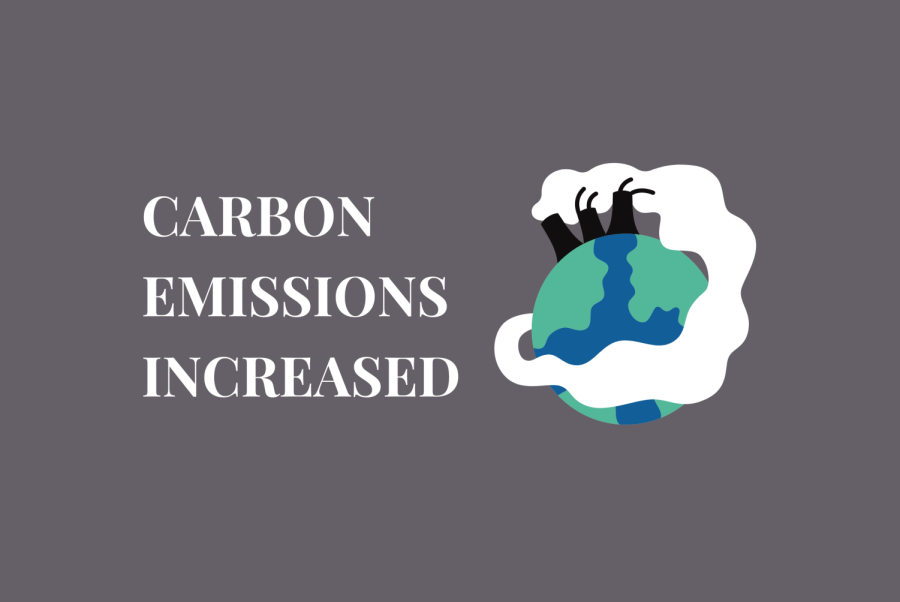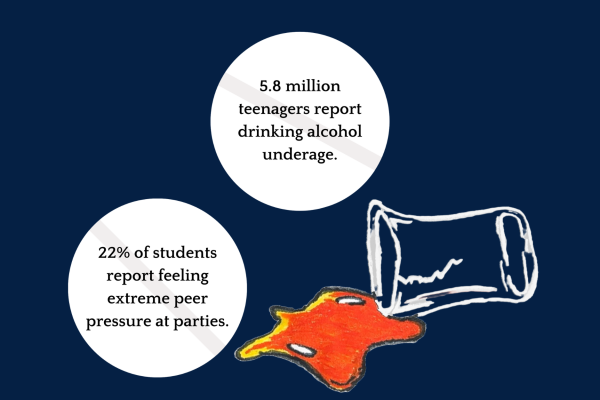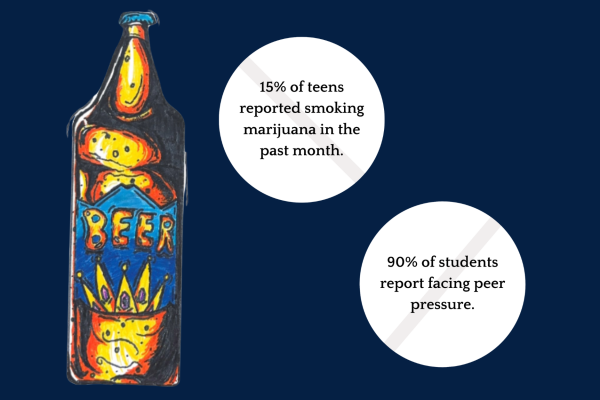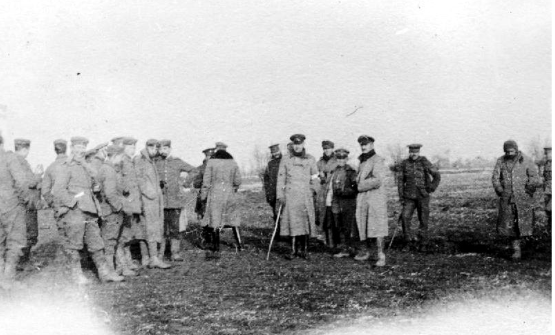Carbon emissions increased
May 24, 2023
This previously ran in our April 2023 print issue.
Amidst calls to reduce coal-created carbon emissions and preserve coal deposits, the Pennsylvania government agreed to a Climate Action Plan — despite this, coal burning and consumption has remained at a high-level of occurrence.
Coal consumption in Pennsylvania is nothing new: the Pennsylvania Department of Environmental Protection acknowledged its old roots in the state, saying that coal mining began in the 1700s, growing from that point onwards.
But, the longevity of coal mining does not offset the impact it has — forming four to seven percent of greenhouse gas emissions globally each year.
The United States Department of Energy stated that in 2021, Pennsylvania was responsible for the production of 42,460 tons of coal. In consumption of coal, Pennsylvania was responsible for the consumption of 43,400 thousand short tons (MSTN) — making up five percent of the energy consumption for coal in the U.S.
However, coal is a large contributor to energy production in Pennsylvania and the United States as a whole, playing a large role in energy consumption outside of carbon emissions.
Emmaus teacher Rachel Baxter noted the negative effects of coal mining on ecosystems across Pennsylvania.
“Coal is a significant energy source used worldwide and including in the United – so I understand it’s needed, and I understand we can’t take it away tomorrow, unless we have an alternative,” Baxter said. “It’s also a reliable source of energy, because it is in so many places, and a lot of it is made in the United States. But it doesn’t necessarily burn the cleanest; it is definitely known as burning the dirtiest.”
Coal mining in Pennsylvania has left its mark so far in many ways.
“First and foremost, [coal mining] would definitely have an impact on air quality,” Baxter said. “But a secondary impact that happens across not just Pennsylvania but even the Southern Appalachians, is when we’re mining coal, it depends how we find it. Is there a mountaintop removal? Are we just swiping across the tops of mountains and scraping off all the biotic life along with it? So a secondary impact would be destroying habitats for plants and animals, which isn’t good either.”
Another major piece of its legacy it leaves behind are the vast amounts of abandoned mine lands. The Pennsylvania Department of Environmental Protection cites this as an issue.
“Pennsylvania’s abandoned mine lands (AML) memorialize a period of great economic and industrial growth in the state and country. However, these acres scar Pennsylvania’s landscape with environmental and safety hazards. The state’s waterways are polluted from mine drainage and many people have suffered from lives lost and property damaged from unsafe and unstable AMLs.”
Forty-three out of the sixty-seven counties in Pennsylvania have been identified as having these abandoned mine lands. After 15 billion tons of coal were extracted from these areas over the past 200 years, 250,000 acres of these mines were left abandoned. When unmonitored, these lands are unsafe and unstable.
Most notably, Pennsylvania is the sole home of anthracite coal in the United States. In the U.S., anthracite coal – sometimes referred to as “hard coal” – is only found in Northeastern Pennsylvania. Mainly used in the metals industry, anthracite has the highest heating value of all ranks of coal, and is highly valued. As it can only be found in one region, its high value also represents how limited it is.
Much more commonly mined nationally is Bituminous coal, the most abundant rank of coal, which made up 16 percent of Pennsylvania coal production.
Coal being used in such large amounts lets off vast amounts of greenhouse gasses, and does not comply with the Pennsylvania Climate Action Plan put in place in 2021.
Baxter noted that even in regard to issues that may seem out of individual control, people can still make an impact.
“As we become concerned about it, one thing that we each have the ability to do individually to make a change is to realize and understand our individual usage of energy,” Baxter said. “There’s things we can do by using less and conserving and saving and that can always help the energy grid.”




















